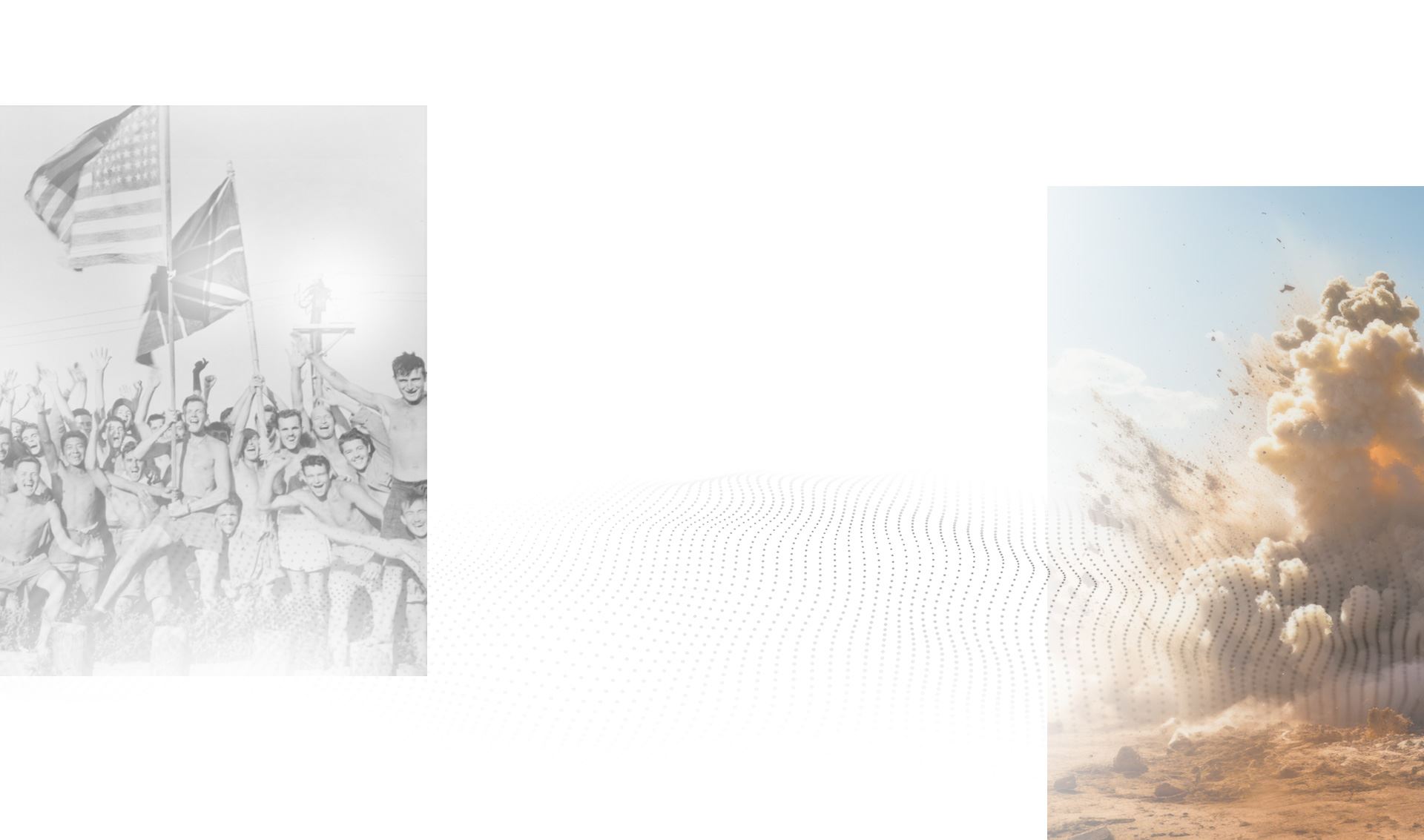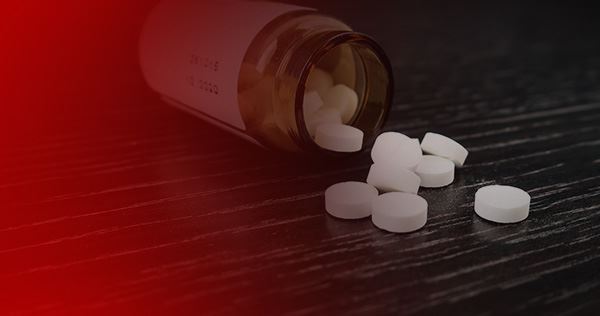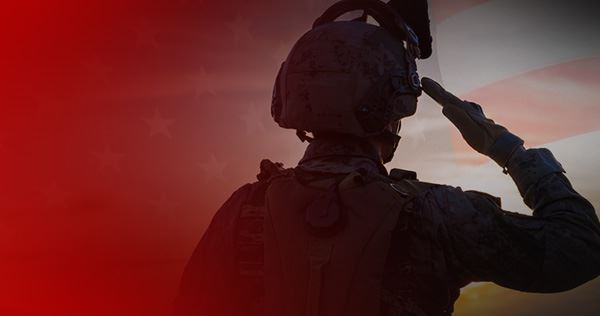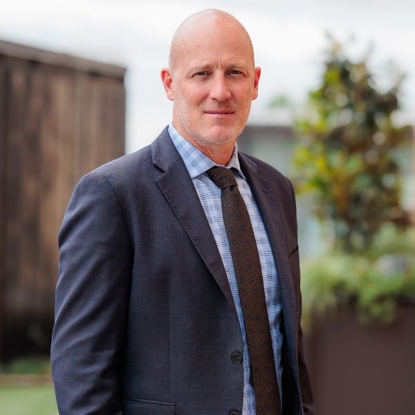

Military Defense Attorney
Camp Lejeune Water Contamination – Marines Defending Marines
For over 30 years, Marines and families stationed at MCB Camp Lejeune and MCAS New River, North Carolina were exposed to harmful industrial chemicals in their drinking water. Cancer and other deadly diseases have been linked to these contaminants. If you or a loved one lived or worked at Camp Lejeune or MCAS New River for at least thirty (30) days between 1 August 1953 and 31 December 1987 and have been diagnosed with or experienced a qualifying medical condition, you may be entitled to significant financial compensation.
Court-Martial Defense
A court-martial is federal court convened by a Commanding Officer/General to adjudicate the alleged criminal misconduct of a military servicemember. There are three types of courts-martial, with classification varying based on seriousness of the crime, legal process, and severity of punishment: General, Special, and Summary. General courts-martial deal with the gravest criminal charges, while Special courts-martial handle misdemeanor-type offenses.Summary courts-martial are generally an uncontested administrative hearing, rarely offered unless the servicemember acknowledges misconduct.
Court-Martial Appeals
Justice is not always served at a trial. That’s why every military branch has a Court of Criminal Appeals to review and consider the decisions meted out by courts-martial. As the military justice system’s final opportunity for righting a wrong, the appellate process requires experienced legal representation in order to result in success.
Administrative Discharge Proceedings
Military separation boards are administrative proceedings that handle discharges from service, grade and career determinations, and other criminal or non-criminal matters. A command may refer minor charges against a commissioned officer to a military board in lieu of court-martial. Regardless of the type of board, our military law attorneys can offer indispensable counsel to servicemembers appealing to, or undergoing review by, a military board.
Article 15 / NJP
Non-judicial punishment (NJP) under Article 15, UCMJ, is a disciplinary tool for Commanding Officers to quickly dispose of minor offenses without initiating the court-martial process. Whether called an “Article 15,” “office hours,” or “Captain’s Mast,” the imposition of nonjudicial punishment can have significant consequences on a servicemember’s career.
Titling Actions
Being titled in the military is as simple as being placed in the subject block of a CID report of investigation. Once titled, a servicemember is indexed into federal law enforcement databases and may appear during routine background checks, regardless of whether he or she was ever punished. Titling actions can have serious long-term consequences but, thankfully, can be challenged.
Supporting Camp Lejeune and MCAS New River Communities
Living and working in the Camp Lejeune and MCAS New River areas means being part of a tight-knit community that understands the unique challenges faced by military families. The local government entities, such as the Onslow County Health Department and the City of Jacksonville, provide essential resources and support for those affected by the water contamination issues. These organizations are dedicated to ensuring the well-being of residents and addressing the long-term health impacts caused by the contaminated water supply.
One of the significant pain points for residents in the Camp Lejeune and MCAS New River areas is navigating the complex legal landscape to secure the compensation and justice they deserve. The process can be daunting, especially when dealing with serious health conditions linked to the contamination. Our legal team is deeply familiar with the local community and the specific challenges faced by its members. We are committed to providing compassionate and effective legal representation to help you through this difficult time.
Additionally, the proximity to military installations means that many residents are also dealing with issues related to court-martial defense, administrative discharge proceedings, and non-judicial punishments. Understanding the local military culture and the specific needs of servicemembers and their families allows us to offer tailored legal support that truly resonates with the community. Whether you are facing a court-martial, appealing a decision, or dealing with an administrative discharge, we are here to help you navigate these challenges with confidence and clarity.
Contact us online or by calling (843) 773-5501 today!

Meet Our Team
Our attorneys are all former military officers who served on active duty.

Our Battles Won
Results Matter. When your career, reputation, and freedom are on the line, you need an experienced law firm in your corner. With more than 75 years of combined legal experience, the attorneys at MJA know how to fight and win. Our results speak for themselves.
-
"NOT GUILTY"
Fort Cavazos, Texas. Army Staff Sergeant Acquitted of Murder at General Court-Martial After Deadly Shooting Incident in Texas.
-
"NOT GUILTY" "NOT GUILTY"
Quantico, Virginia. Marine Corporal (E-4) Acquitted at Court-Martial of Wrongful Drug Use After Positive Urinalysis.
-
"NO BASIS"
Joint Base Pearl Harbor-Hickman, Hawaii. Administrative Discharge Board Finds “No Basis” for Alleged Senior Leader Misconduct.
-
"NOT GUILTY" Fort Cavazos, Texas
Fort Hood, Texas. Army Private Second Class (E-2) Acquitted of Rape and Sexual Assault Charges After Week-Long Trial.
-
"NOT GUILTY" Parris Island, South Carolina
Parris Island, South Carolina. Marine Staff Sergeant (E-6) Acquitted at Court-Martial of Hazing, Blood Striping, and Pinning.
-
"NOT GUILTY" "NOT GUILTY"
Kings Bay, Georgia. Navy Master-at-Arms Found Not Guilty of Unholstering Firearm and Pointing it at Another Sailor.
-
"NOT GUILTY" "NOT GUILTY"
Spangdahlem Air Base, Germany. Senior Airman (E-4) Accused of Rape and Abusive Sexual Contact Acquitted by Military Judge.










